No More Tears Book Summary
No More Tears: The Dark Secrets of Johnson & Johnson
For generations, Johnson & Johnson cultivated an image as the quintessential American corporation , a trusted purveyor of baby products and life-saving medicines, guided by an ethical Credo etched in stone. Many Americans grew up associating its familiar red script logo with care, safety, and the “emotional trust” forged from birth.
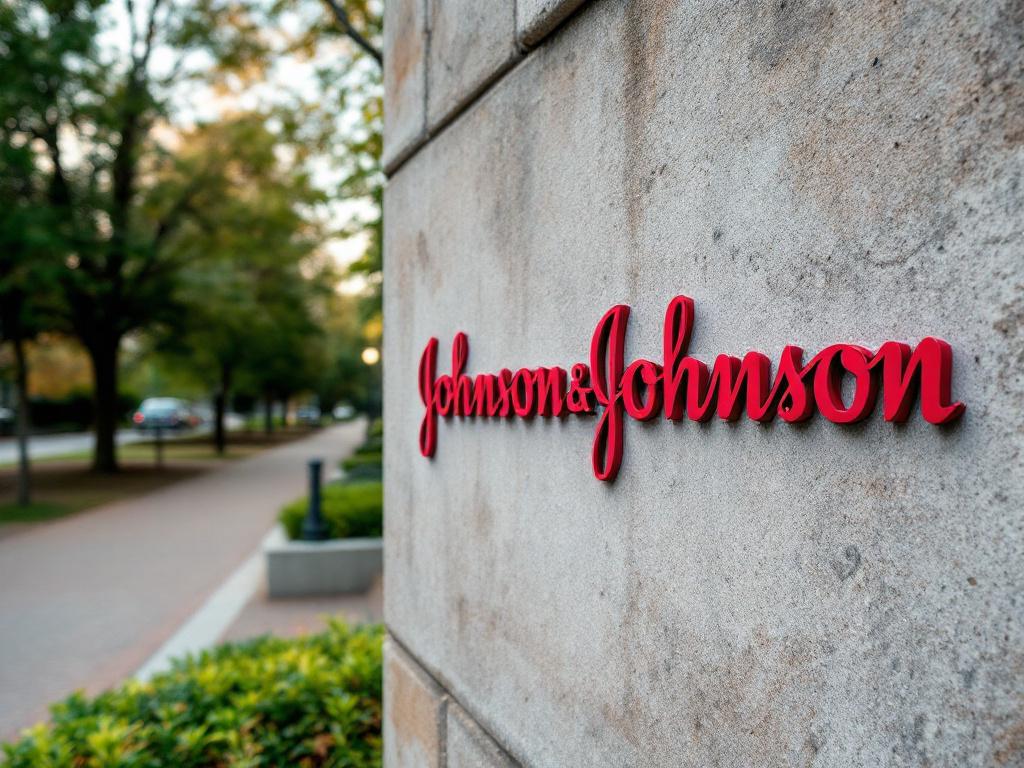
Yet, beneath this carefully constructed halo of affection lies a profoundly darker reality, one meticulously pieced together through years of investigation involving tens of thousands of documents, trial transcripts, and insider accounts. This book chronicles the vast, often shocking disconnect between Johnson & Johnson’s public mythology and its internal practices, a history marked by deception, the prioritization of profit over human life, and a central role in some of America’s most devastating public health crises.
The narrative often begins with the company’s handling of the 1982 Tylenol cyanide poisonings, frequently lauded in business schools as a paragon of crisis management. However, this celebrated episode, like much of J&J’s history, reveals troubling inconsistencies upon closer inspection, including prior knowledge of tampering risks and a compromised distribution system involving “rack jobbers” , details often omitted from the heroic retelling.
More fundamentally, the Tylenol story foreshadowed a pattern: even this iconic “safe” product carried hidden dangers, specifically catastrophic liver toxicity, particularly when combined with moderate alcohol consumption, a risk the company knew about for years but resisted warning consumers about.
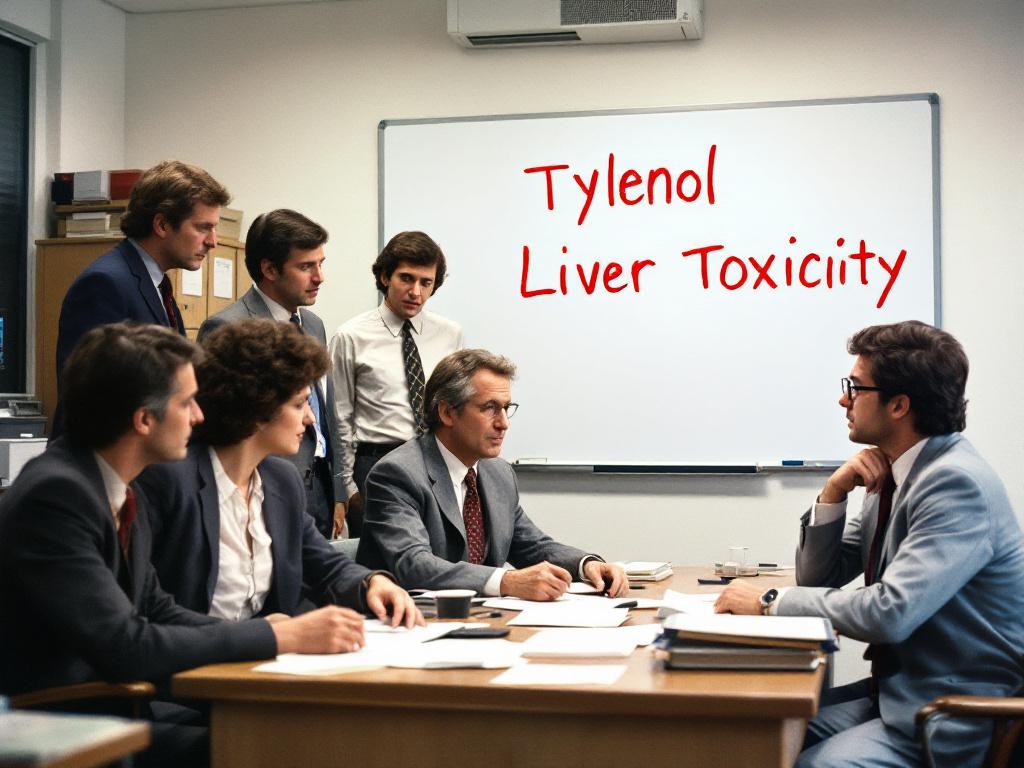
This pattern of prioritizing brand image and profit over safety is perhaps most starkly illustrated by the decades-long saga of Johnson’s Baby Powder. Marketed as the gentle essence of baby care, internal documents reveal the company knew as early as the 1950s and 1960s that its talc supply was frequently contaminated with asbestos, a known carcinogen.
Faced with mounting scientific evidence linking asbestos to mesothelioma and talc use to ovarian cancer , J&J embarked on a systematic campaign to suppress unfavorable research , discredit scientists like Arthur Langer and Irving Selikoff , manipulate testing standards to ensure contamination wouldn’t be found (the J4-1 method) , and repeatedly mislead regulators and the public with false declarations of purity. Revelations from the Engelhard/Hemstock case proved this knowledge and cover-up extended over decades. Ultimately, thousands of women developed ovarian cancer, leading to landmark legal defeats like the multi-billion dollar Ingham verdict , exposing the deadly consequences of protecting a “sacred cow” brand.
As J&J transformed into a pharmaceutical behemoth , chasing the immense profits of prescription drugs, these ethical compromises became systemic. Facing a “valley of death” in drug discovery and pressure from generics and managed care, the company embraced aggressive, often illegal, marketing tactics. Paying doctors became a core business strategy , with kickbacks disguised as consulting fees, speaker programs, and sham research grants yielding enormous returns on investment. This corruption permeated the marketing of numerous blockbusters.
Procrit, an anemia drug developed with Amgen, was pushed far beyond its narrow initial approval for dialysis patients into the lucrative oncology market. Despite early warnings and internal studies suggesting the drug could act like “Miracle-Gro for cancer” , thickening blood and potentially stimulating tumor growth , J&J suppressed negative data for years. Fueled by misleading advertising and perverse financial incentives built into Medicare reimbursement, oncologists overprescribed the drug, contributing to potentially hundreds of thousands of deaths .

Risperdal, an antipsychotic aggressively marketed as safer and better than older drugs despite lacking evidence, became another case study in illegal promotion.
Using the “Sell to the Symptoms” strategy , spearheaded by executives like Alex Gorsky , J&J targeted vulnerable populations, children with behavioral issues (often via influential academics like Joseph Biederman ) and elderly dementia patients (through dedicated sales forces and kickbacks to pharmacy managers like Omnicare ), for uses the FDA had not approved or had explicitly rejected due to safety concerns like gynecomastia in boys and increased mortality in seniors. Again, damning clinical trial data was manipulated and hidden .
J&J’s role in the opioid epidemic extended far beyond merely marketing its own products like the fentanyl patch Duragesic. The company acted as a crucial, perhaps the primary, supplier of the raw narcotic materials needed by Purdue Pharma and others, developing a genetically modified “super poppy” in Tasmania to feed the exploding demand .
Simultaneously, J&J adopted Purdue’s deceptive marketing playbook, falsely claiming Duragesic and later Nucynta were less prone to abuse , even targeting high-risk patients while funding front groups that downplayed addiction risks. J&J wasn’t just a participant; it was arguably the “kingpin”.
The medical device division saw similar calculated risks. Leveraging the FDA’s weak 510(k) approval loophole , J&J launched the Pinnacle metal-on-metal hip implant despite internal warnings and historical failures of similar technology. It submitted inaccurate specifications to the FDA and used ethically compromised “seeding trials” primarily as kickback schemes for surgeons.

Tens of thousands suffered debilitating metal poisoning and required revision surgeries as the devices failed at alarming rates. Prolift vaginal mesh marked a further descent; J&J launched the device without seeking FDA approval , despite pre-launch studies and warnings from its inventors about horrific complications like mesh erosion, shrinkage, and chronic pain . The company then actively suppressed data and manipulated medical societies to maintain sales , causing life-altering injuries to hundreds of thousands of women.
Even the company’s high-profile effort to develop a Covid-19 vaccine , framed as a shot at redemption , was marred by disastrous manufacturing failures with partner Emergent BioSolutions and inherent safety risks (blood clots) , ultimately resulting in a vaccine deemed inferior and largely sidelined.
The recurring themes are clear: a corporate culture that normalized deviance ; a relentless drive for profit overriding safety concerns; the manipulation and suppression of scientific data; the corruption of medical professionals and institutions through financial influence ; deceptive marketing practices; and the exploitation of a captured and often toothless regulatory system at the FDA.
The spin-off of the consumer division into Kenvue appears less a strategic realignment than an attempt to insulate the parent company from the reputational and financial fallout of its most iconic, yet deeply compromised, product line. Johnson & Johnson’s story is not just about one company’s failures, but a chilling indictment of the systemic weaknesses within American healthcare, regulation, and corporate accountability.
Review
Gardiner Harris’s “No More Tears: The Dark Secrets of Johnson & Johnson” stands as a monumental work of investigative journalism, a damning and meticulously researched exposé that systematically dismantles the carefully crafted image of one of the world’s most recognized and ostensibly trusted corporations. For decades, Johnson & Johnson has been synonymous with gentle baby care and ethical business practices, its response to the 1982 Tylenol crisis enshrined as a textbook example of corporate responsibility.
Harris, a veteran reporter with deep experience covering the pharmaceutical industry for The Wall Street Journal and The New York Times, peels back this veneer layer by painstaking layer, revealing what he argues is a pattern of deception, negligence, and prioritized profit that has spanned decades and resulted in staggering human suffering across multiple product lines.
The book’s greatest strength lies in its extraordinary depth of research. Harris masterfully synthesizes a vast trove of internal company documents, regulatory filings, sealed court records (including explosive grand jury files ), and interviews.
This evidence forms the backbone of his devastating narrative, lending powerful credibility to claims that might otherwise seem hyperbolic. From the decades-long cover-up of asbestos in Baby Powder to the suppression of data showing Procrit could accelerate cancer growth , the illegal marketing of Risperdal to vulnerable populations , the company’s central role in fueling the opioid crisis , and the knowing launch of dangerous medical devices like metal-on-metal hips and vaginal mesh , Harris builds an almost overwhelming case, product by product.
Harris excels at connecting the dots, demonstrating that these were not isolated incidents but rather manifestations of a deeply ingrained corporate culture operating within a compromised system. He skillfully broadens the critique beyond J&J, implicating a captured FDA often acting more like an industry partner than a regulator , a medical establishment susceptible to financial influence , and even the media (including his former employers) for often failing to penetrate the company’s formidable PR shield.
The narrative, while dense with scientific and legal detail, remains compelling and accessible, driven by righteous indignation but grounded in fact. Anecdotes, like Harris’s chance encounter with a conflicted Risperdal sales rep , add a crucial human dimension to the corporate malfeasance.
If there’s a criticism to be leveled, it might be the sheer, unrelenting weight of the evidence presented. The book reads at times like a prosecutor’s closing argument, meticulously cataloging transgression after transgression.
While this thoroughness is arguably necessary to counter J&J’s historical narrative, the relentless focus on wrongdoing might leave some readers searching for more nuance or context regarding the company’s legitimate contributions to health (which Harris does briefly acknowledge ). The structure, tackling scandals product by product, is logical but necessitates some chronological jumping, which requires reader attention.
Ultimately, however, “No More Tears” is a triumph of investigative reporting with profound public health implications. Harris has constructed an unflinching, essential account that challenges foundational myths not only about a specific company but about corporate ethics, regulatory effectiveness, and the trustworthiness of the healthcare system itself.
It’s a sobering, infuriating, and necessary read, demanding attention from consumers, policymakers, healthcare professionals, and anyone concerned with corporate power and accountability in modern America. It lays bare the devastating consequences when a company’s carefully polished image masks a reality where “doing well” tragically diverges from “doing good.”
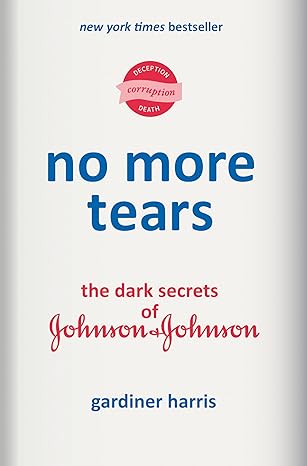
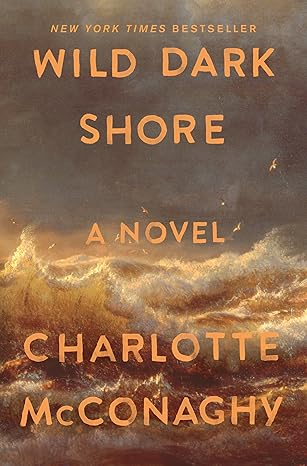


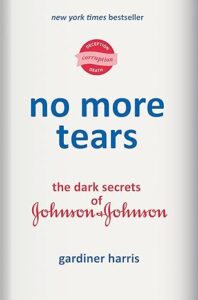



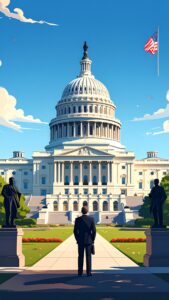
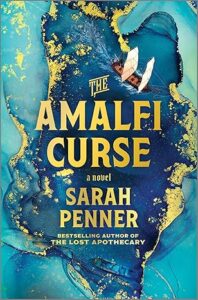
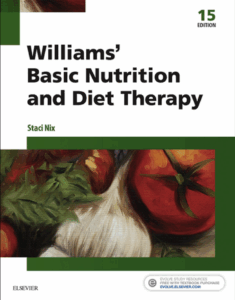
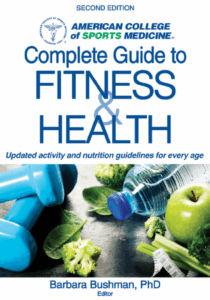
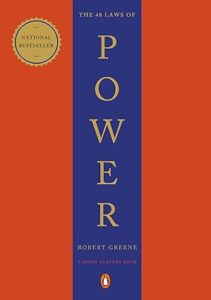
Post Comment